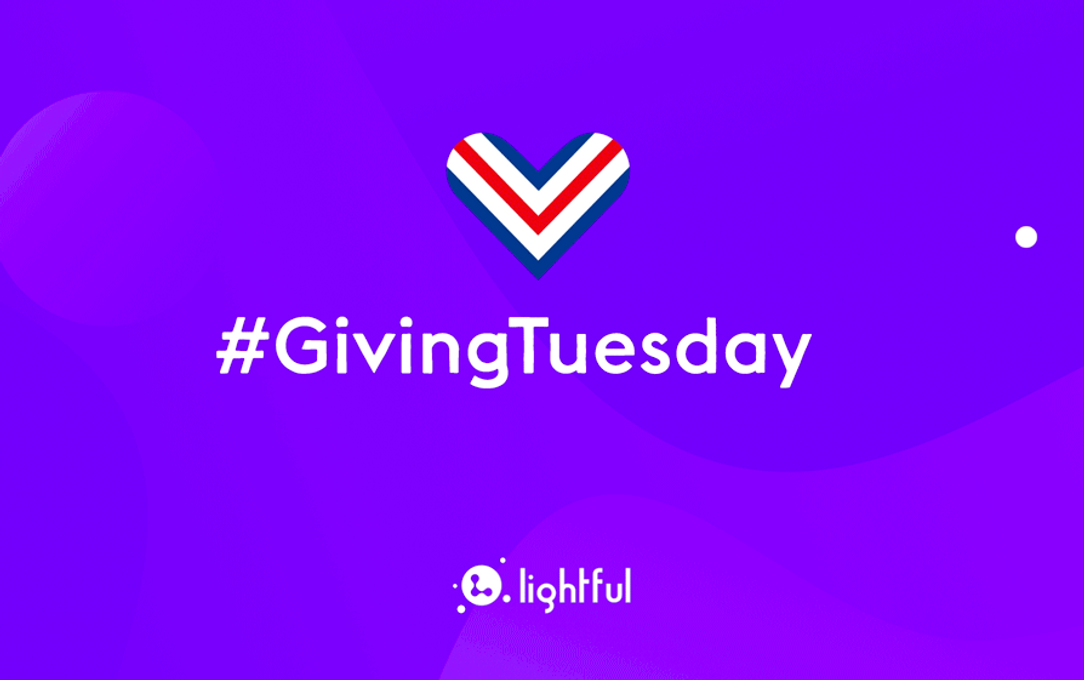The Viral Effect

The No Makeup Selfie, the Ice Bucket Challenge, the BBC Interview Kid – these events have become part of the public consciousness due to the viral effect, having been shared frequently by thousands over a short period of time. And charities, of course, are keen to create their own viral content.
While some like the Ice Bucket Challenge have had positive real-world impact, there’s no real set formula or way to have your campaign or content go viral. It’s important to remember that it’s all relative – and that content doesn’t have to be shared millions of times to be successful. It’s all about engagement – and making sure that the environment is right when it’s being shared.
Most viral campaigns do have these six elements in common, so whenever you create content you should always keep these steps in mind.
1. Know your audience
Don’t fixate too much on the numbers – the important thing is to get the content in front of the right people, and know who you’re targeting. With any content on social, think about the intended audience in mind. Running a bake-sale fundraising campaign? Share your favourite Pinterest fails to an engaged (and possibly sympathetic) audience! If you’re trying to target the ‘general public’ with a piece of content, it’s probably too generic and boring and will fail to be interesting to anyone.
2. Build sharing into the campaign
The ‘if you build it, they will come’ approach never applies to anything digital, ever. If you spend all of your marketing budget on a glossy video which then sits on your channels without it being shared properly, that is a waste of time, money and resource. Publishing content and hoping that someone will come across it and start sharing it is not going to help you achieve your goals – you need to factor in time to outreach and promote the content into your workflow. Which brings us to the next point…
3. Influencers
Working with influencers is the best way to get your content out to the right audiences. Whether it’s working with bloggers, vloggers or celebrities, it’s important to remember that social media is a conversation between people – and working with influencers to help them push out your content is going to give it the best chance for success.
4. User-Generated content
Most successful campaigns have a user-generated aspect – the collaboration between Make-A-Wish and Disney with their ‘Share Your Ears’ Campaign is a great example of this, as is Movember. Users like to show their best selves online, and being able to insert themselves into a positive narrative is a great way to get engagement.
5. Useful content
In the same way that most users like to show their best selves online, being able to share useful content with their networks is also appealing. Worldwide Breast Cancer managed to reach over 7.3 million people with their ‘Know Your Lemons’ posts, which cleverly got around Facebook’s restrictive content filters while educating the public around the first signs of breast cancer.
6. Be on the pulse
Timing is everything – strike while the iron is hot. The Helen Titchener Rescue Fund was set up by an individual fundraiser to benefit Refuge, a domestic violence charity, in response to a storyline in The Archers. The charity reacted to the outpouring of public support by complementing the fundraiser’s promotion, resulting in a campaign that raised over £170,000, and an increase of calls to the National Domestic Violence Helping by 17%.
Erin Niimi Longhurst
@erinniimi
Latest articles

In a world of growing uncertainty, small and local non-profit organisations often find themselves with competing priorities and struggle to plan how to allocate their available resources. Despite the increasing demand for their vital work, they are not always able to allocate the funds they receive to strategic planning and future growth.

As the world becomes more digitally-focused, it’s essential for nonprofits to have a digital presence. With more and more options for online engagement, we know that this can be challenging for nonprofits to tackle. But, we also know that it is a huge opportunity to increase audience engagement, awareness and fundraising. To help nonprofits navigate this, we’re going to explore the “whys” and “hows” of creating a nonprofit digital strategy. We’re even providing a free digital strategy canvas to help nonprofits improve their online presence in just a few steps.
Related posts

January is the time when we’re gearing up for getting organised in 2020! It’s the perfect time now to take stock and start planning for the next 12 months. Luckily, we’ve got eight ways you can improve your social media content calendar to supercharge your content in 2020.

Yesterday saw the fourth annual Giving Tuesday in the UK and once again, it trended on Twitter all day. No doubt CAF, who runs Giving Tuesday in the UK, will release some stats of how much was raised in due course but for now, let’s take a look at how charities got involved.
See who we help
Contact us
Want to learn more?
Email Jonathan and start a conversation





